Iron (Fe) deficiency is increasingly being observed in cropping systems with frequent glyphosate applications. A likely reason for this is that glyphosate interferes with root uptake of Fe by inhibiting ferric reductase in roots required for Fe acquisition by dicot and nongrass species according to this Sabanci University.
Source: ncbi.nlm.nih.gov
Abstract
Iron (Fe) deficiency is increasingly being observed in cropping systems with frequent glyphosate applications. A likely reason for this is thatglyphosate interferes with root uptake of Fe by inhibiting ferric reductase in roots required for Fe acquisition by dicot and nongrass species. This study investigated the role of drift rates of glyphosate (0.32, 0.95 or 1.89 mm glyphosate corresponding to 1, 3 and 6% of the recommended herbicidal dose, respectively) on ferric reductase activity of sunflower (Helianthus annuus) roots grown under Fe deficiency conditions. Application of 1.89 mmglyphosate resulted in almost 50% inhibition of ferric reductase within 6 h and complete inhibition 24 h after the treatment. Even at lower rates ofglyphosate (e.g. 0.32 mm and 0.95 mm), ferric reductase was inhibited. Soluble sugar concentration and the NAD(P)H oxidizing capacity of apical roots were not decreased by the glyphosate applications. To our knowledge, this is the first study reporting the effects of glyphosate on ferric reductase activity. The nature of the inhibitory effect of glyphosate on ferric reductase could not be identified. Impaired ferric reductase could be a major reason for the increasingly observed Fe deficiency in cropping systems associated with widespread glyphosate usage.
Authors





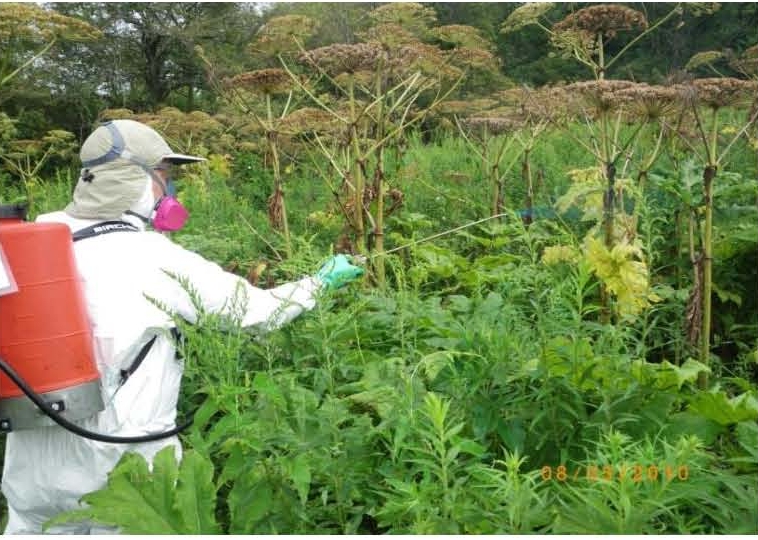



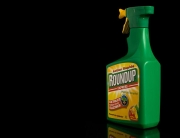

















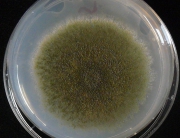
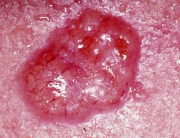

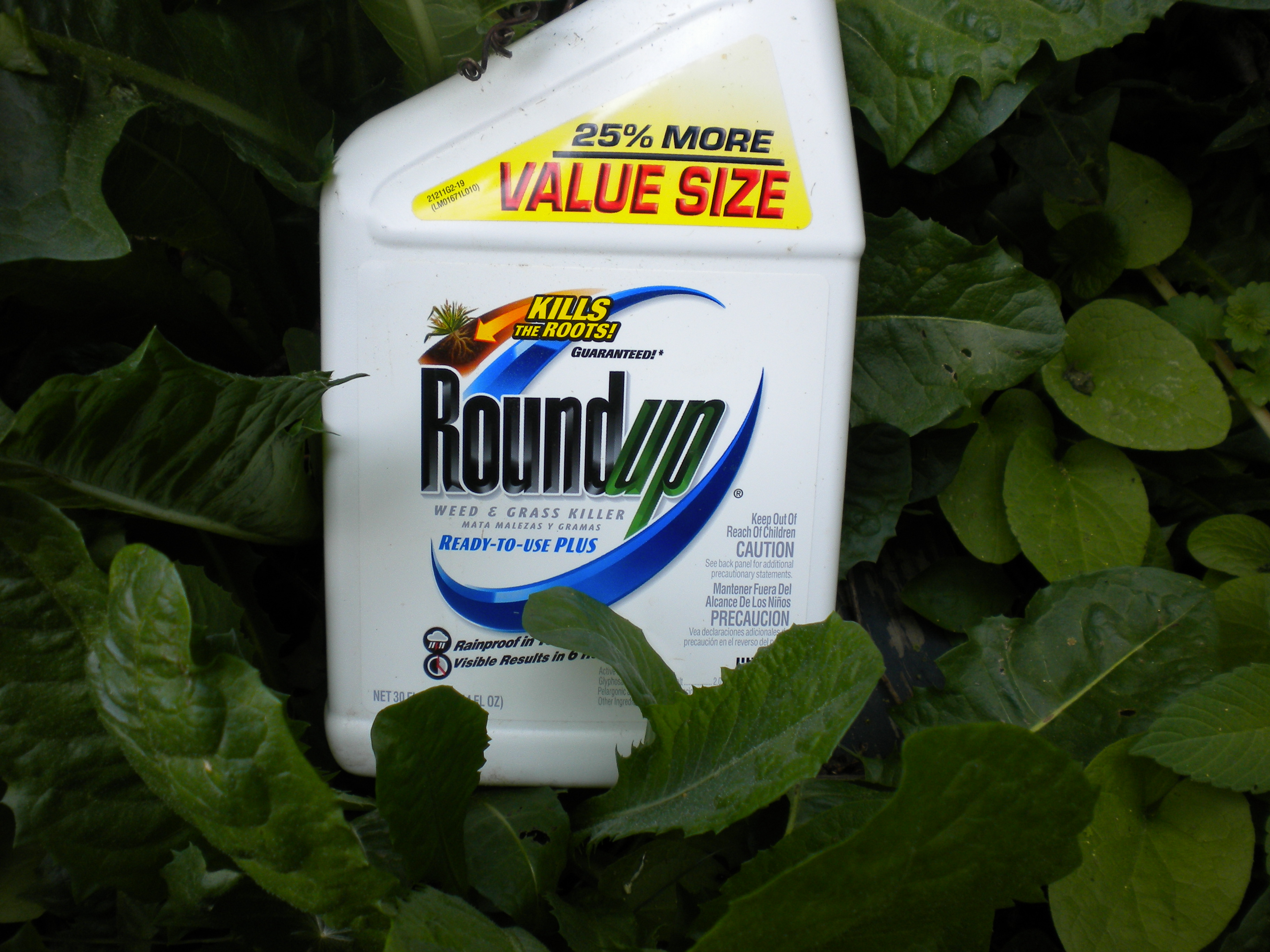
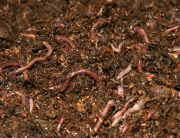








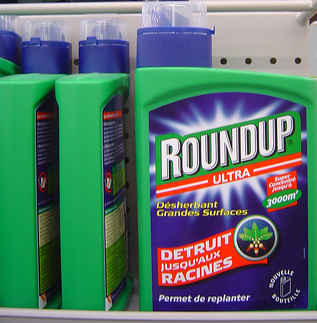
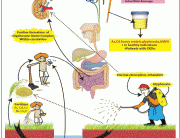




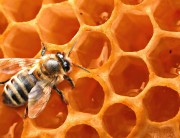
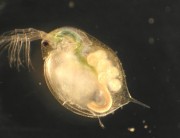

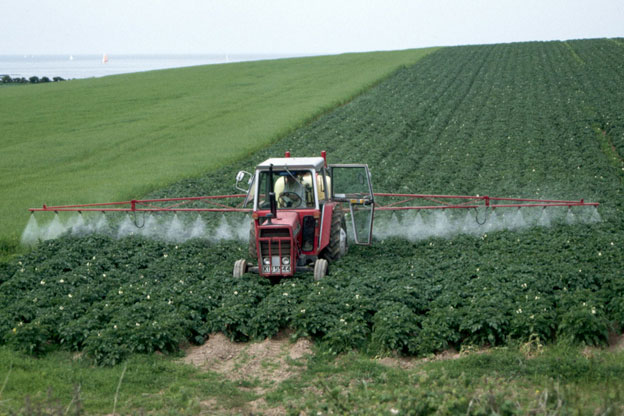

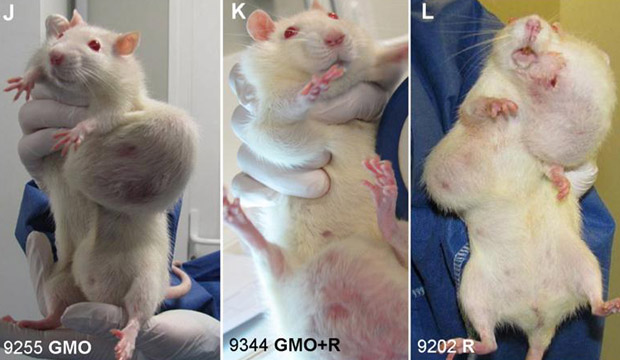
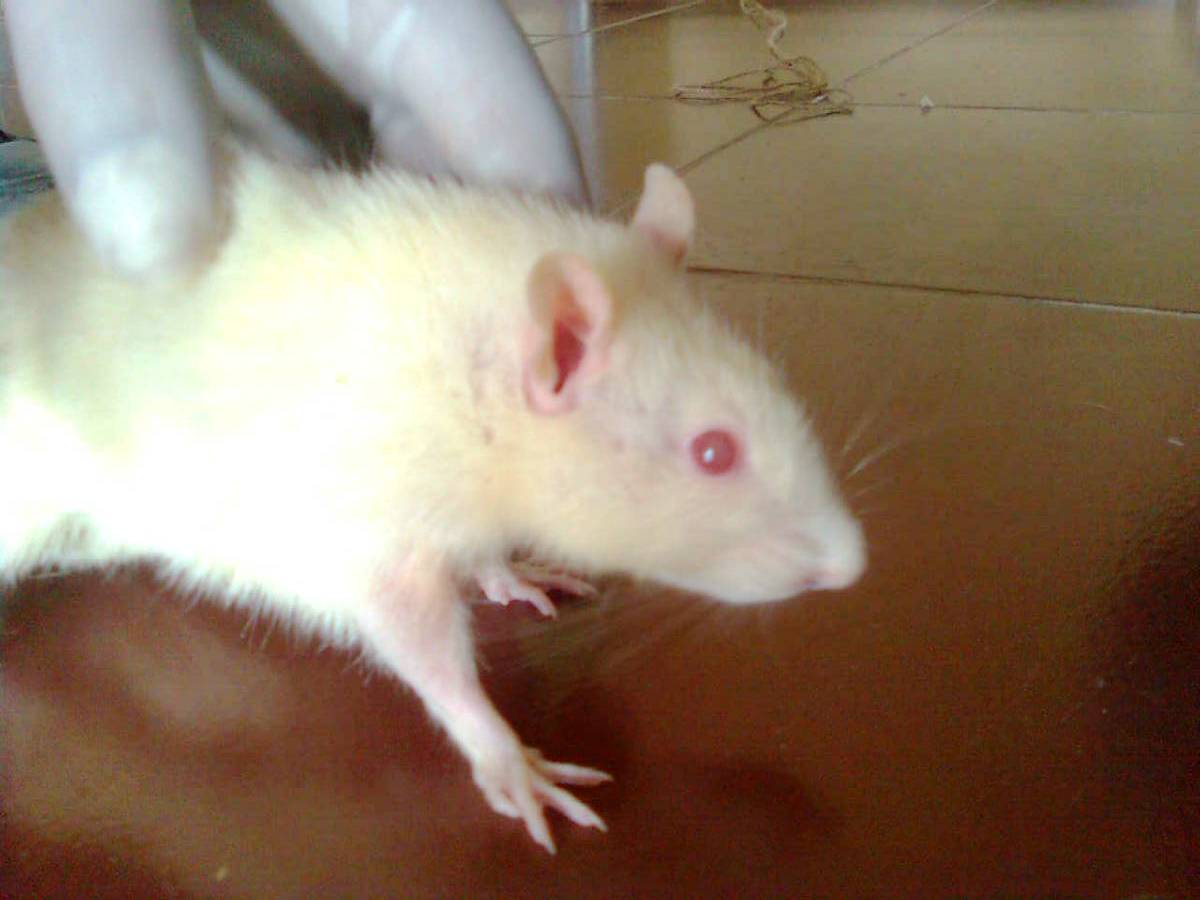




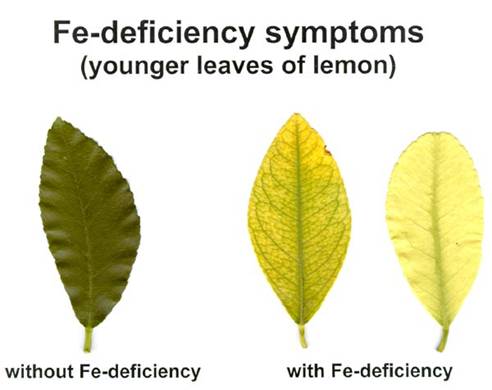
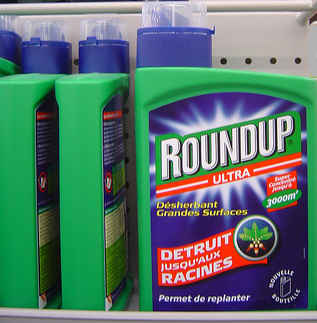
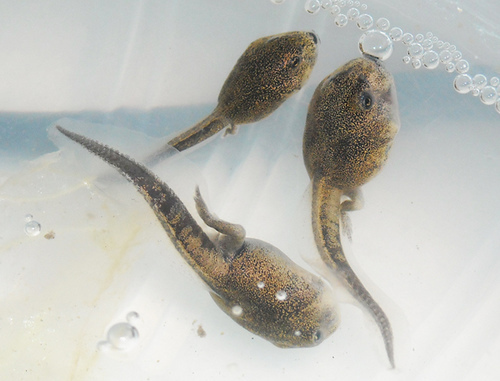
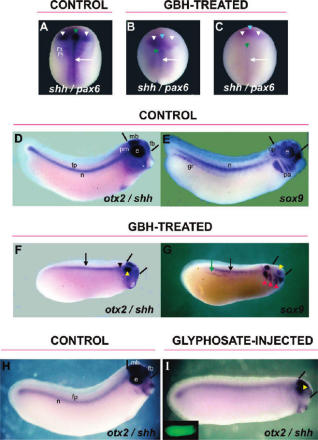
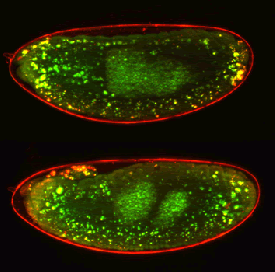
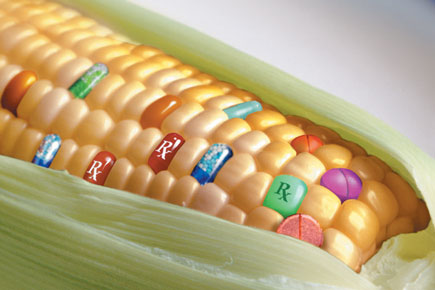

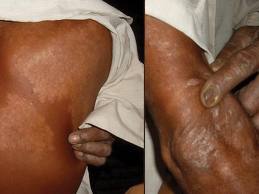


je veux continue mon etude au pres de vous
merci